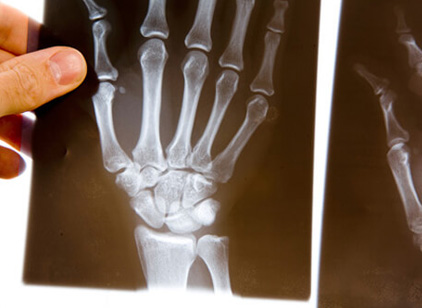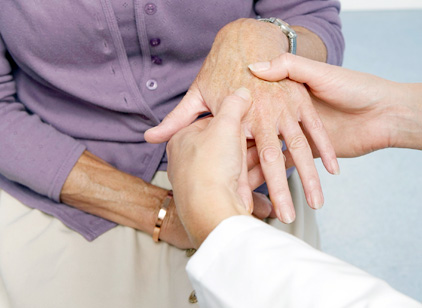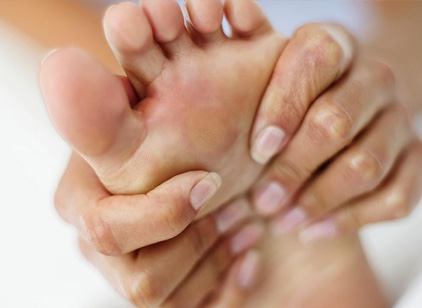
Rheumatoid arthritis (RA) happens when your body's defenses Ė your immune system Ė targets your joint linings. RA affects joints on both sides of the body, such as both hands, both wrists, or both knees. This symmetry helps to set it apart from other types of arthritis. It can also affect the skin, eyes, lungs, heart, blood, or nerves.
What Causes Rheumatoid Arthritis?
The cause of rheumatoid arthritis is unknown. Even though infectious agents such as viruses, bacteria, and fungi have long been suspected, none has been proven as the cause. The cause of rheumatoid arthritis is a very active area of worldwide research. It is believed that the tendency to develop rheumatoid arthritis may be genetically inherited (hereditary). Certain genes have been identified that increase the risk for rheumatoid arthritis. It is also suspected that certain infections or factors in the environment might trigger the activation of the immune system in susceptible individuals. This misdirected immune system then attacks the body's own tissues. This leads to inflammation in the joints and sometimes in various organs of the body, such as the lungs or eyes.
 What Are the Symptoms of Rheumatoid Arthritis? What Are the Symptoms of Rheumatoid Arthritis?
Rheumatoid arthritis (RA) is long-term disease. Its symptoms can come and go, and itís different for each person.
Some people have long periods when their disease isnít active. They have few or no symptoms during this time. Others feel it for months at a time. Treatment helps.
When Itís in Your Joints
RA always affects the joints. It makes them inflamed. The classic signs are:
Stiffness: The joint is harder to use and doesn't move as well as it should. Itís especially common in the morning. While many people with other forms of arthritis have stiff joints in the morning, it takes people with rheumatoid arthritis more than an hour (sometimes several hours) before their joints feel loose.
Swelling: Fluid enters the joint and makes it puffy.
Pain: Inflammation inside a jointmakes it sensitive and tender. Over time, it causes damage and pain.

Redness and warmth: The joints may be warmer and more pink or red than skin around it.
RA almost always affects the hands, but it can strike any joint, including the knees, wrists, neck, shoulders, elbows, feet, hips, even the jaw. There is usually a symmetrical pattern -- the same joints on both sides of the body, like both wrists or both hips.
|